Maintaining an active lifestyle is crucial for the well-being of seniors in aged care, and one fantastic way to achieve this is through a dedicated walking club. Not only does it promote physical activity, but it also fosters a sense of community and social interaction among the elderly residents.
The Benefits of A Walking Club
Participation in a walking group offers numerous advantages for seniors living with Alzheimer’s or dementia, including:
- Fresh Air: Enjoying the outdoors and breathing in fresh air can be revitalizing.
- Exercise: Gentle exercise through walking helps maintain mobility and overall health.
- Sensory Stimulation: The sights, sounds, and textures of the environment provide valuable sensory stimulation.
- Social Involvement: Interacting with fellow residents in a group setting fosters social connections and a sense of belonging.
How to Run a Walking Club for Seniors in Aged Care
Aged care facilities are more than just places to live for seniors; they are vibrant communities that thrive on social interaction, engagement, and activities that promote physical and mental well-being. One such activity that checks all the boxes is the “Walking Club for Seniors.” In this step-by-step guide, we will show you how to set up and run a successful Walking Club in your aged care facility, and why it’s a fantastic idea for seniors.
1. Team Up for Success
First things first, The success of your Walking Club hinges on having a dedicated team. Recruit activity coordinators and volunteers who are enthusiastic about promoting senior wellness and enjoy spending time outdoors. The more, the merrier!

2. Choose the Right Time
Timing is everything! For seniors living with Alzheimer’s or dementia, morning walks can work wonders. Walking early after breakfast and before morning tea is the best time for this activity. Make an announcement over the PA system 10 minutes before departing to ensure that no one misses out on the fun!
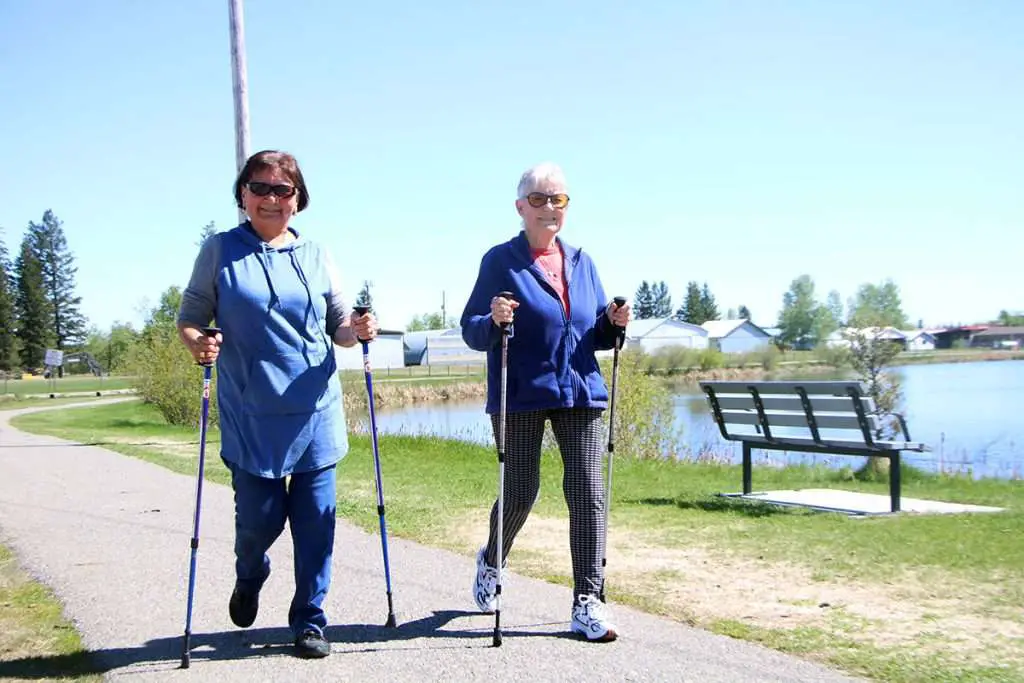
3. Design Engaging Routes
Plan scenic and engaging walking routes around your aged care facility. Ensure that these paths are wheelchair accessible to accommodate all residents. Consider routes with lovely gardens and serene landscapes to enhance the experience.
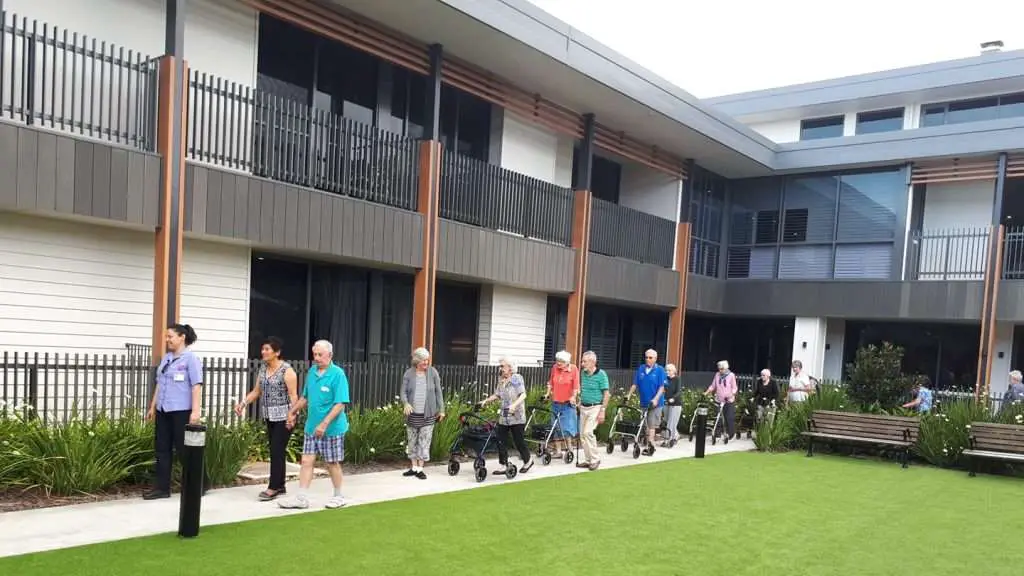
4. Encourage Social Interaction
Foster a sense of community by encouraging residents to interact during the walks. Use this time to chat, share stories, and make new friends. The social aspect is a significant part of the Walking Club’s appeal.
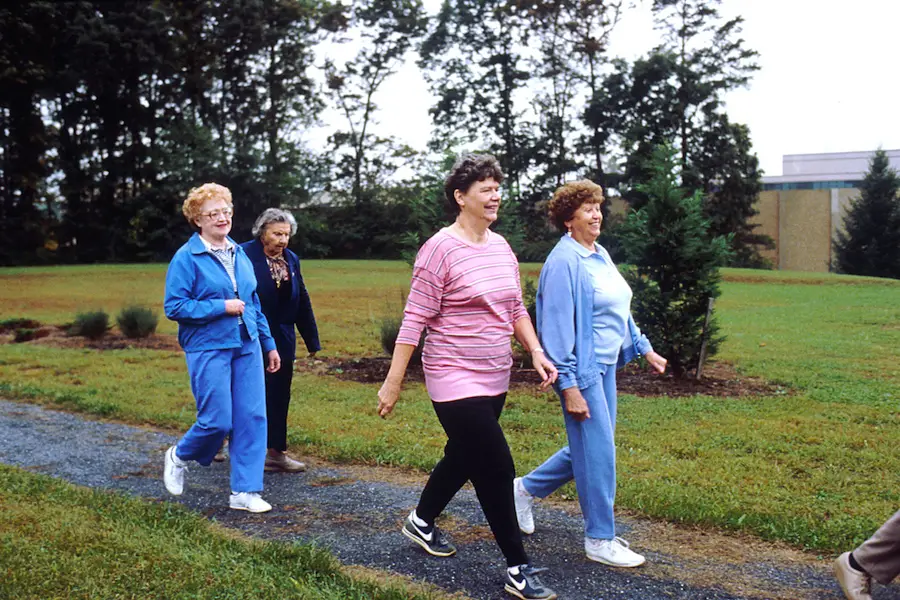
5. Cater to Individual Needs
Remember that every resident is unique, with varying levels of mobility and abilities. Ensure that your walks are inclusive by accommodating seniors in wheelchairs or those with mobility issues. Some fitter residents may offer to push their friends in wheelchairs, adding a heartwarming touch to the experience.
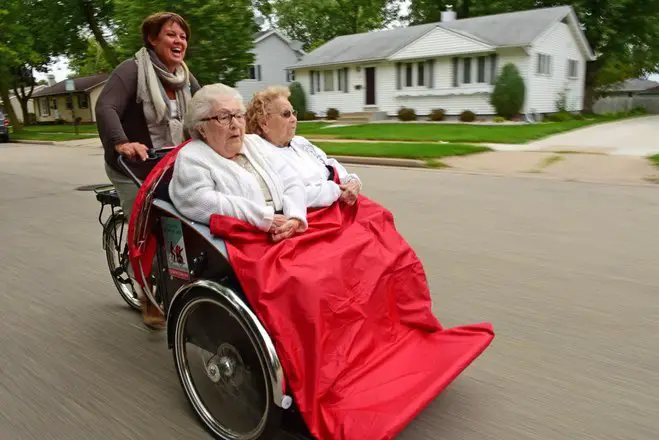
6.Keep It Fun
Above all, ensure that the walks are enjoyable and fun. Create a positive atmosphere where laughter and friendship flourish. Celebrate milestones and achievements along the way.
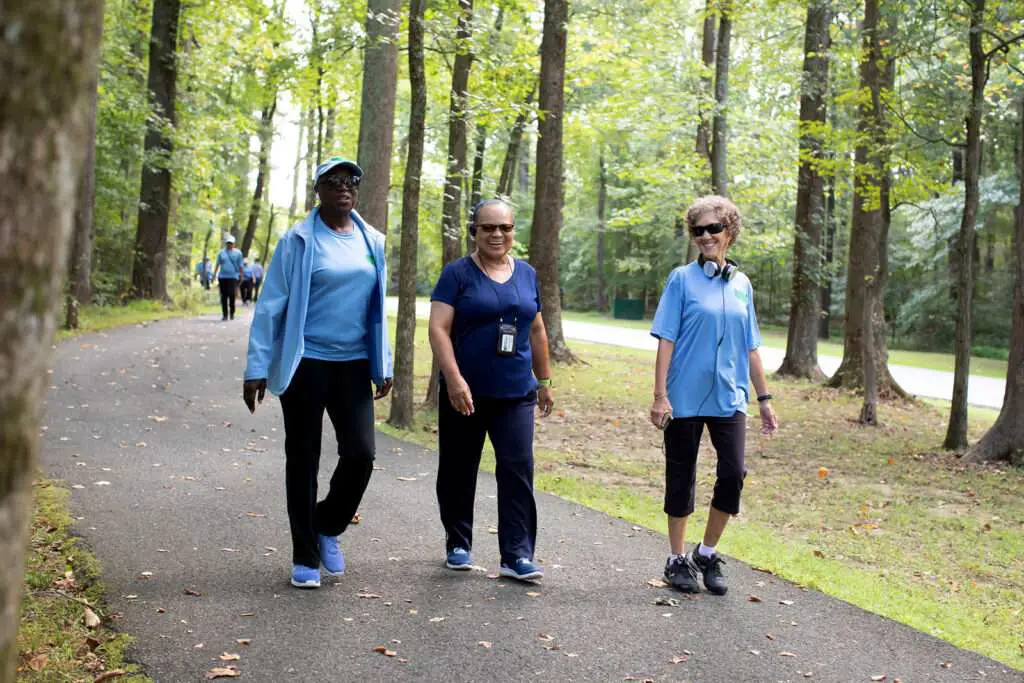
Key Takeaway
Creating and managing a Walking Club for seniors isn’t just about physical activity; it’s about building a vibrant, connected, and joyful community. So, lace up those walking shoes, rally your team, and step into the world of senior living with Memory Lane Therapy! Your residents will thank you for it! By following these steps, you’ll create a Walking Club that promotes wellness, happiness, and inclusivity among your senior residents, making a positive impact on their lives.










